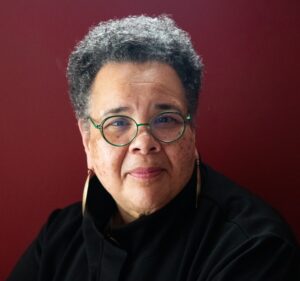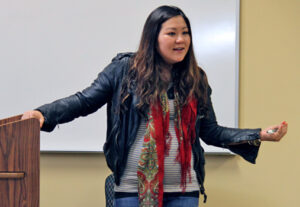art
Select an item by clicking its checkbox
I hinted in my previous post that maybe I should do an illustrated version of my in-process book, Zen and the Artful Buddhist: Asperger’s, Art, and Academia. I have illustrated a few pages, but it’s taking far longer than I imagined it would. This book idea has been ...
(An audio version of this blog may be found here.) My editor is one of my most ardent supporters and a beloved friend. We are working, together, on my next book. He has not, in many months, received any pages from me. At a recent gathering, he asked me if ...
For two years I planned my full-year sabbatical, something colleagues said would be a life-changing experience. My sabbatical days were filled with research and art-making. By spring, making art nudged research out of the picture. I was transitioning from an art hobbyist to an art professional. The thought of spending ...
“I just do not know if I have it in me to write another paper” were one student’s words midway through my Hosea exegesis course. By this time, I was on my third semester of pandemic teaching. Zoom fatigue had set in alongside our unceasing grief for the daily ...
(Part Five of a Five Part Serialized Blog) Art is a midwife of transformation and transmutation. Art transforms us through our encounter with it, both in the world and out of our hearts and hands. Art also transmutes what we’ve created into something meaningful and powerful for people other ...



